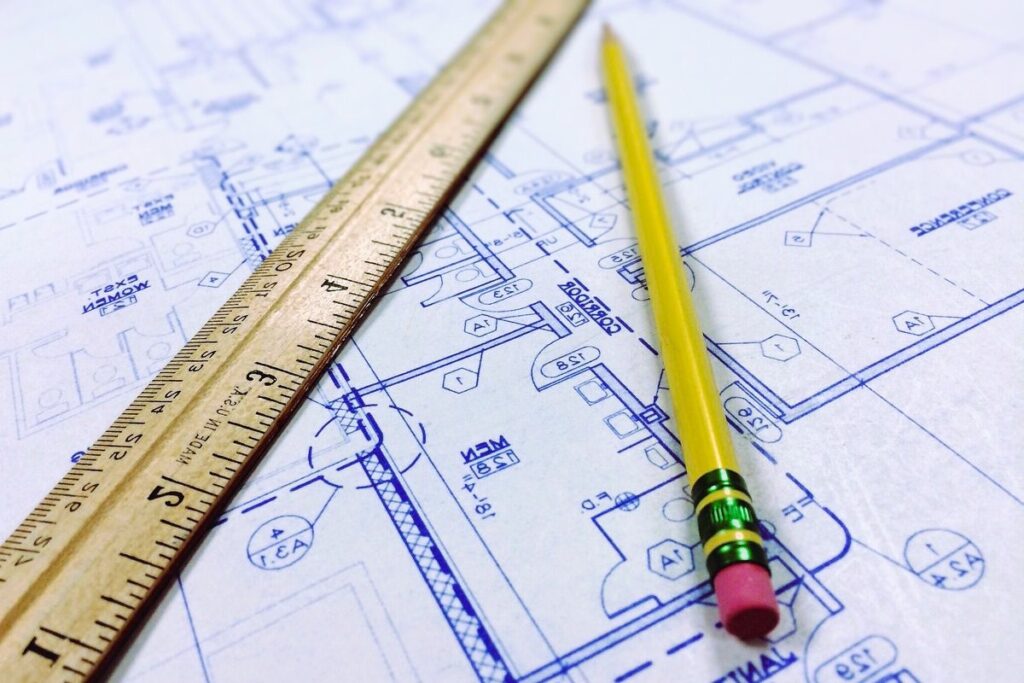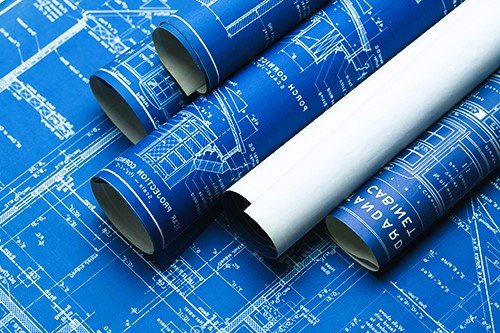Canada is known for its diverse landscapes, from bustling cities to remote wilderness areas. This geographical diversity is reflected in the country’s building codes and regulations, which vary by province and territory to accommodate the unique climate, environmental, and cultural factors of each region. In this article, we will delve into the world of local building codes and regulations in Canada, exploring their importance, key differences, and their role in shaping the built environment.
Understanding the Importance of Building Codes
Building codes are a set of standards and regulations that govern the design, construction, and maintenance of buildings. They exist to ensure the safety, health, and welfare of the public by establishing minimum requirements for structural integrity, fire safety, energy efficiency, and more. In Canada, building codes are instrumental in addressing the country’s climatic diversity and geographical challenges.
The Canadian National Building Code (CNBC)

The Canadian National Building Code (CNBC) serves as a model code for the construction industry in Canada. It provides a framework for building standards and is adopted, with modifications, by provinces and territories across the country. The CNBC covers various aspects of building construction, including:
- Structural Design: Requirements for building stability and load-bearing capacity.
- Fire Safety: Regulations for fire-resistant materials, sprinkler systems, and emergency exits.
- Accessibility: Guidelines for creating spaces that are accessible to people with disabilities.
- Energy Efficiency: Standards for energy-efficient building design and materials.
- Environmental Considerations: Provisions for sustainable building practices and materials.
Provincial and Territorial Variations
One of the defining features of building regulations in Canada is their regional specificity. While the CNBC provides a national foundation, provinces and territories have the authority to adapt and customize building codes to suit their unique needs. Here are some key variations:
1. Climate Considerations
- In northern territories like Yukon, Northwest Territories, and Nunavut, building codes are adapted to address extreme cold temperatures and permafrost conditions.
- Coastal provinces like British Columbia and Newfoundland and Labrador have regulations focused on earthquake and tsunami resilience. Do you like the article? Read also about Regular home maintenance.
2. Environmental Sustainability
- Provinces like British Columbia and Quebec have implemented more rigorous energy efficiency and environmental sustainability requirements to combat climate change.
3. Cultural Heritage Preservation
- Provinces like Quebec have specific provisions to protect and preserve cultural heritage buildings.
4. Language Requirements
- In Quebec, building codes and documentation are often in French due to language laws.
Municipal Bylaws and Zoning Regulations

Link: For detailed information on municipal bylaws and zoning regulations, visit Wikipedia.
In addition to provincial and territorial codes, municipalities in Canada have their own bylaws and zoning regulations that further shape the built environment. These regulations dictate land use, property setbacks, building heights, and more. They are essential for maintaining the character of neighborhoods, managing growth, and addressing local concerns.
Compliance and Enforcement
Building codes and regulations in Canada are enforced by municipal or provincial/territorial building departments. Builders, architects, and contractors must obtain permits and ensure that construction complies with the relevant codes. Inspections are conducted at various stages of construction to verify compliance.
Conclusion
Building codes and regulations in Canada play a vital role in ensuring the safety, sustainability, and functionality of the built environment. While the Canadian National Building Code provides a national framework, regional variations are essential to address the diverse needs of provinces, territories, and municipalities. Understanding and complying with these codes is fundamental for architects, builders, and homeowners to create safe and resilient structures that stand up to Canada’s climatic and environmental challenges while contributing to the rich tapestry of the country’s built landscape.
